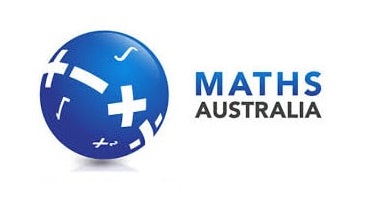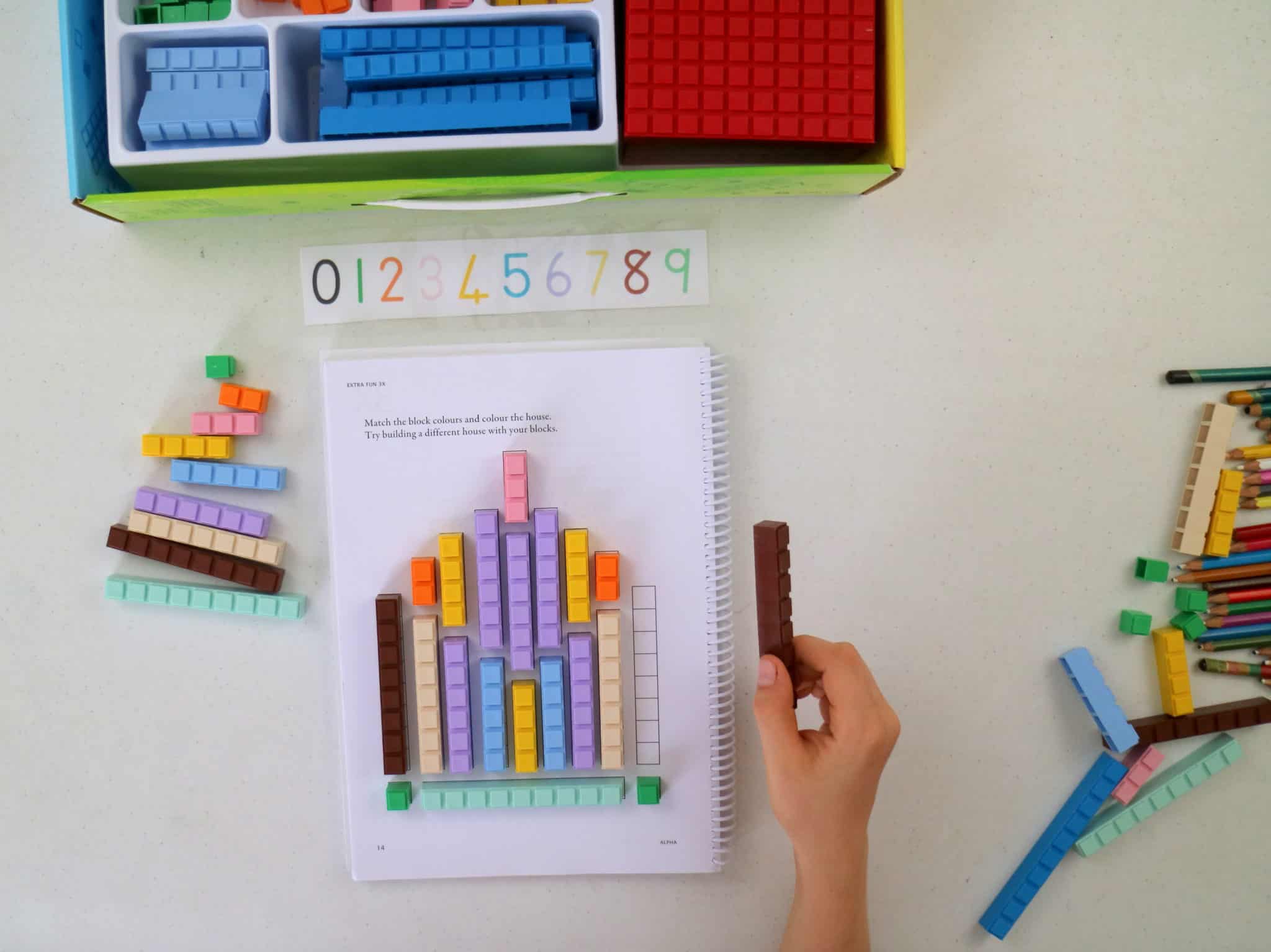
When it comes to deciding upon an approach to teaching maths, thoughtful homeschooling parents and educators take the time to research all of the options, consider their individual children and students, and make the decision that is best for their own classroom.
If you’ve done the research, then you understand how lively those discussions about mastery vs. spiral can be! In case you haven’t had the opportunity to weigh-in on the debate, here are a few important things to consider:
What is the difference between both styles of teaching?
"Mastery based approach" and "Spiral methods" are terms used to describe the typical methods for teaching maths. More specifically, students in a mastery maths program learn maths concepts in increments; the learning of each new concept builds on previously mastered skills.
As great example of this point, the Math-U-See Gamma level teaches students to master multiplication, including memorising the facts and learning how to regroup multiple digits, which therefore prepares them to move to the Delta level where they master division. Alternatively, the spiral approach to teaching maths offers a specific set of topics which repeat for each progressive level so that material becomes more complex as new concepts are added. An example of a spiral approach program may be designed with level one teaching the student multiplication facts; in level two they would begin multiplying two-digit numbers; in the third level the student multiplies three-digit numbers. In both approaches, the student learns identical maths concepts just in different orders.
At Maths Australia, we support the mastery approach to maths through using the research-proven methodologies in the Math-U-See program. While both approaches to maths mastery strive for similar outcomes, Western education systems can attest to the inherent shortcomings in the spiral approach.
In the 1990s, when the U.S. began participating in international testing for maths, they discovered that U.S. students performed significantly lower than other students. Much of this is attributed to the spiral approach to teaching. Countries that preferred a mastery approach such as Japan and Finland produced top-performing students! Subsequently, Western educational programs, educators, and textbook publishers begin to support the mastery approach to teaching math.
Why choose a mastery-based approach?
Although the educational community agrees that mastery learning is the best practice, some educators still critique this model of teaching. The main concern is that the mastery approach does not provide students the time or opportunity to review material that was already learned. The Math-U-See program addresses this by including Systematic Review pages in the lessons, which allow students to review previously learned material while learning new concepts.
Another concern of the mastery approach is that students are forced along the same path and have little to no opportunity to delve into specific topics. Math-U-See proudly provides Application and Enrichment pages which were created just for the students who truly want to explore a topic further; these pages include fun, intriguing activities based on the concepts in the lesson.
The final critique of the mastery approach is its focus on individual concepts rather than painting a holistic picture of the entire maths lesson. In the Math-U-See program, as the student progresses, each new concept mastered is connected to the same manipulatives; this provides students with a cohesive foundation upon which to build their success in maths.
With my thorough review of the entire Math-U-See Curriculum in relation to ACARA, I can confirm that Math-U-See indeed meets the requirements of the Australian Curriculum…Where there is no explicit lesson to teach a certain concept, teachers need to understand how they can teach this concept through another strand, e.g. there is no explicit lesson (in MUS) to teach the concept of one half and one quarter. Teachers can teach these concepts through the lessons on telling time. By doing this, students can get a deeper understanding of the relationships with mathematics instead of learning facts in isolation”
Enter your text here...
Jan McArthy
Jan McArthy, Senior Numeracy Consultant for NT Department of Education
As research advances what we know about effective maths instruction and the Math-U-See program, which adopts a mastery approach built upon a foundation of interconnected manipulatives, will continue to help students understand and become maths masters!
And yes, there is sufficient research backing up how the Math-U-See program correlates to the Australian ACARA requirements across all year levels. Jan McArthy, Senior Numeracy Consultant for NT Department of Education has throughly reviewed the entire Math-U-See Curriculum and confirms that it indeed meets the Australian Curriculum requirements.
You can see the full ACARA overview and research documents here:

